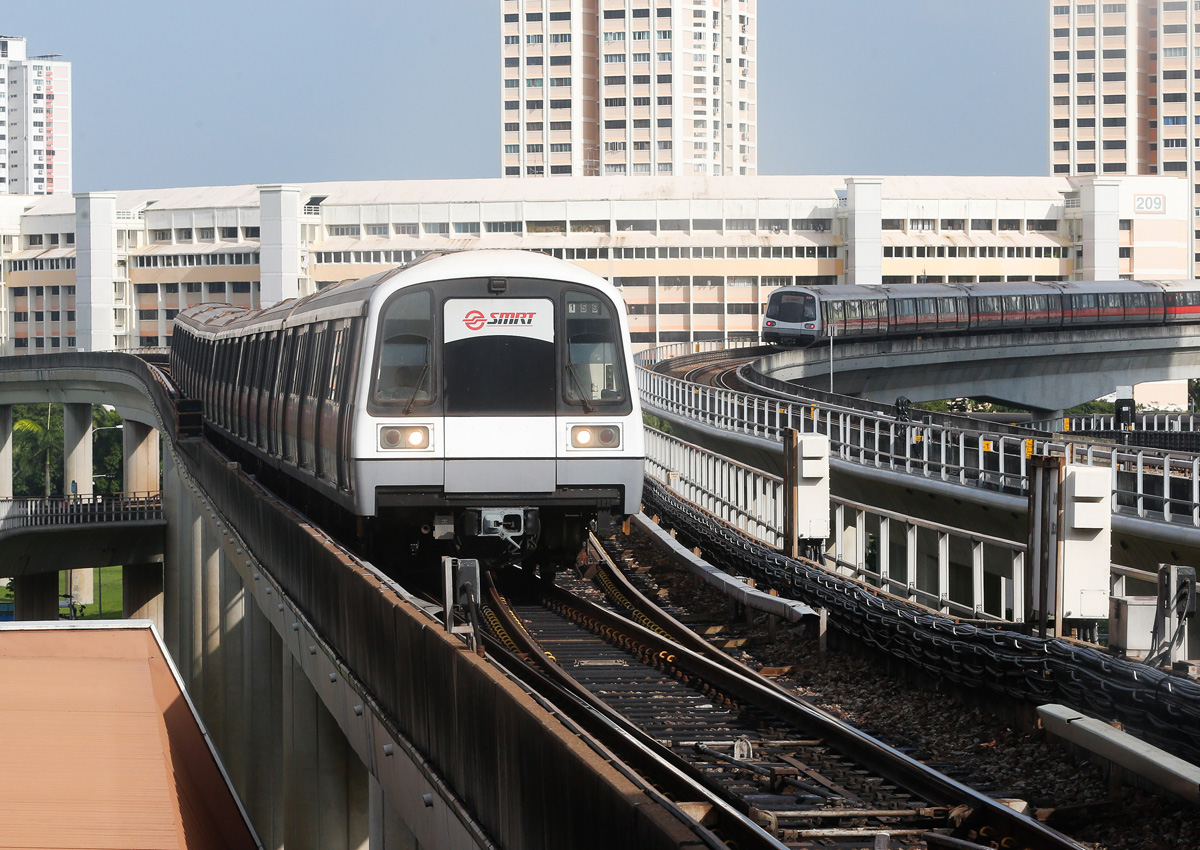Transport Minister Khaw Boon Wan has set a bold target for MRT network reliability this year: for trains to travel about 50 per cent further without a disruption taking place.
He told Parliament yesterday the goal is for MRT trains to travel an average of 200,000km between delays of more than five minutes.
Last year, the “mean kilometre before failure” figure was an average of 133,000 train-km travelled between delays, itself an improvement of about 40 per cent from 2014’s 93,000km.
Still, Mr Khaw acknowledged that Singapore’s MRT is “way below” Hong Kong’s Mass Transit Railway in terms of reliability, which registered 300,000 train-km before a delay.
“We want to catch up with Hong Kong, and we will,” he said during the parliamentary debate on the Transport Ministry’s budget.
Addressing concerns raised by MP Sitoh Yih Pin (Potong Pasir) and Non-Constituency MP Dennis Tan over MRT reliability, Mr Khaw spelt out several strategies to tackle this.
Among them, more “condition- monitoring” sensors will be deployed on MRT trains and tracks this year, he said.
Some of these devices – used to monitor train wheels and the power-supplying third rail – are already installed, but more will be added.
“We are moving towards preventive maintenance – that is, we monitor the condition of the assets and do the necessary maintenance before any issues arise,” he said.
This year, infra-red sensors will be fitted on the North-East Line to monitor the line’s overhead catenary power system, while on the North-South and East-West Line (NSEWL), condition-monitoring tools will be used to collect information on train systems.
“These are all very costly investments, but they are necessary,” he said.
About a billion dollars is also being invested in hardware replacement and upgrading, Mr Khaw said.
Within the next two years, the sleepers and third rail on the NSEWL will be replaced, and the signalling system upgraded, which will allow trains to run at shorter intervals.
The skills of rail engineers and maintenance crew are also being beefed up, Mr Khaw said.
“We need a quantum leap both in the numbers and in the capabilities of our rail industry, both to up our existing maintenance standards, and to cope with a rapidly expanding network.”
While there are currently 6,000 workers in rail operations and maintenance, it is estimated that another 5,000 more will be needed as the rail network doubles in length to 360km by 2030.
Central to this is the setting up of a Singapore Rail Academy, which will work with operators in areas of training and the accreditation of courses.
The academy will also conduct research and development into the design of new MRT systems which are easier to build, maintain and operate.
Professor Cham Tao Soon, the former president of Nanyang Technological University and former Chairman of SIM University, will lead the setting up of this academy.
To give engineers more time to perform maintenance and upgrading, Mr Khaw also called for commuters to allow operators to open some of the MRT lines a bit later in the morning, or to close them earlier at night, though he did not elaborate further.
In closing, Mr Khaw said Singapore’s future cannot be car-dominant, and public transport must make a “quantum leap” – through improving the rail system and bus services, and creating a conducive environment to facilitate point-to-point mobility solutions.
He hoped Singaporeans would also be able to feel proud of the MRT system one day.
“We can’t achieve this overnight. We need some more time but we will get there, during this term of Government. Of this, I am confident,” he said.
adrianl@sph.com.sg

This article was first published on April 13, 2016.
Get a copy of The Straits Times or go to straitstimes.com for more stories.





























